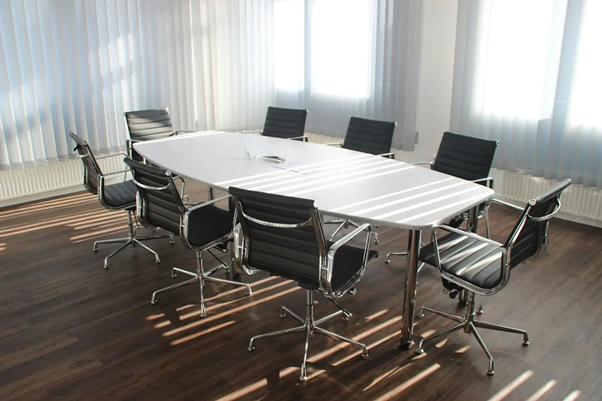8 Reasons to Embrace Surplus Materials in Your Business
The benefits of surplus materials are huge, no matter your industry. They are the extra resources from your operations — whether unused inventory, leftover resources or outdated products.
Instead of letting them go to waste, you can repurpose or sell them to help you cut costs and reduce waste simultaneously. It’s a practical way to stay flexible in your operations and show your customers you’re committed to sustainability. From manufacturing to retail, embracing surplus materials can boost your bottom line and your brand’s reputation.

1. Increased Flexibility
Surplus resources allow you to test new ideas or products without breaking the bank. Developing prototypes from CNC machining can cost anywhere from $500-$20,000, depending on the materials and complexity. Using leftovers allows you to experiment and innovate without the stress of blowing through your budget. It helps refine your designs and keeps your business agile and cost-effective as you work toward the final product.
2. Improved Cash Flow
Holding onto surplus materials helps you avoid constant spending on new supplies, giving you more control over your cash flow. With fewer immediate expenses, you can allocate funds toward other vital business areas, like marketing, hiring or expanding operations. This approach ensures your company remains financially flexible, allows you to invest strategically and keeps your growth on track without unnecessary financial strain.
3. Cost Savings
You can reduce procurement expenses by repurposing surplus materials instead of constantly buying new inventory. When you purchase brand-new equipment, its value depreciates rapidly, hurting your bottom line. Using leftover products for prototypes or smaller projects, especially in manufacturing, keeps costs low without sacrificing quality. It’s a practical way to stretch your resources while avoiding the financial hit of depreciation on new purchases.
4. Waste Reduction
One of the benefits of surplus materials is they improve your bottom line and contribute to your company’s sustainability efforts. In fact, global carbon emissions need to be reduced by 50% before 2030 to avoid a full-blowed climate crisis. Repurposing excess resources allows your business to lower its environmental footprint, reduce the need for new production and minimize waste.
This ties directly into corporate social responsibility goals. It showcases your commitment to sustainability and aligns your brand with the growing consumer demand for eco-friendly practices. It’s a powerful way to make a positive environmental impact while strengthening your company’s reputation.
5. Enhanced Inventory Management
Repurposing surplus materials helps improve inventory turnover and optimizes storage space, keeping operations running efficiently. Using up what you already have lets you avoid the unnecessary costs of storing excess products for extended periods. This frees up valuable space for new, more relevant inventory and reduces the risk of resources becoming obsolete or damaged. It’s a win-win for your business’s organization and budget.
6. Positive Brand Image
Sustainability is becoming a top priority for consumers, with 40% of North American shoppers more likely to purchase from a brand showing a commitment to eco-friendly practices. Embracing surplus materials allows your company to position itself as resource-efficient and environmentally conscious, appealing to this growing market.
This practice reduces waste and enhances your brand image. It shows customers you care about sustainability and are taking meaningful steps to reduce environmental impact. This can set your business apart and build more loyal customer relationships.
7. Potential for New Revenue Streams
Selling surplus materials to other companies or repurposing them into new products is a great way to generate additional revenue. Adopting circular economy models can turn what was once considered waste into profit. In fact, 62% of business leaders in the U.S. reported they will try to move toward a circular economy model for their organizational strategies.
Partnering with other businesses to exchange or sell excess materials reduces waste and creates a mutually beneficial relationship. This approach helps maximize the value of your resources while opening new income streams, proving sustainability and profitability can go hand in hand.
8. Risk Mitigation
Utilizing surplus products gives you a safety net during supply chain disruptions. When new inventory gets delayed or costs suddenly rise, having surplus materials on hand offers a reliable backup. This ensures your production continues without costly interruptions. It helps you stay on track and meet customer demands even when external factors are out of your control. Maximizing surplus resources is a practical way to maintain business resilience in uncertain times.
The Long-Term Benefits of Surplus Materials and Sustainability
Business leaders and entrepreneurs should consider how embracing surplus materials can lead to long-term sustainability and cost efficiency. Reducing waste and cutting expenses allows your company to stay competitive while supporting eco-friendly practices that resonate with today’s consumers.















